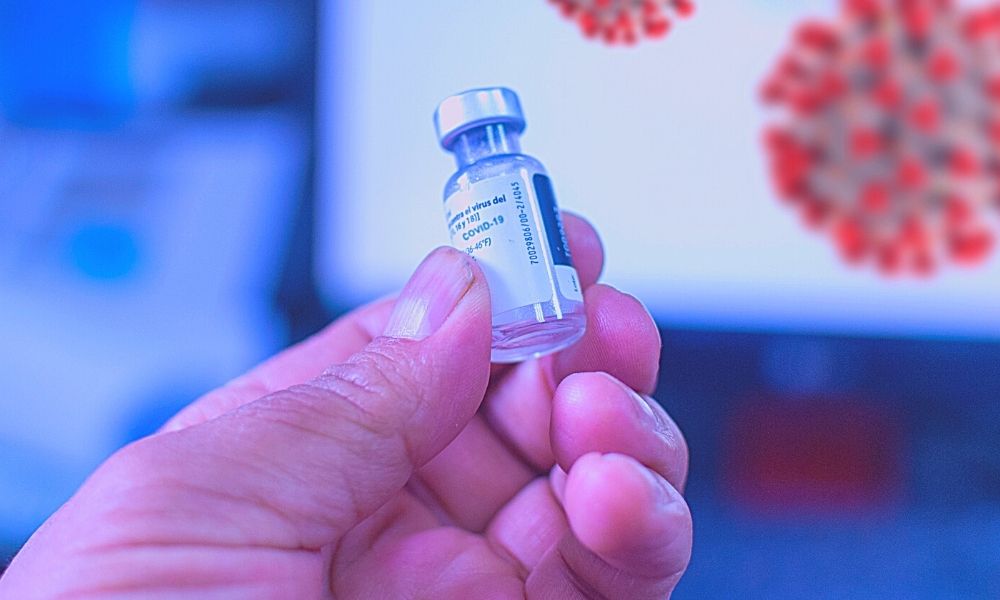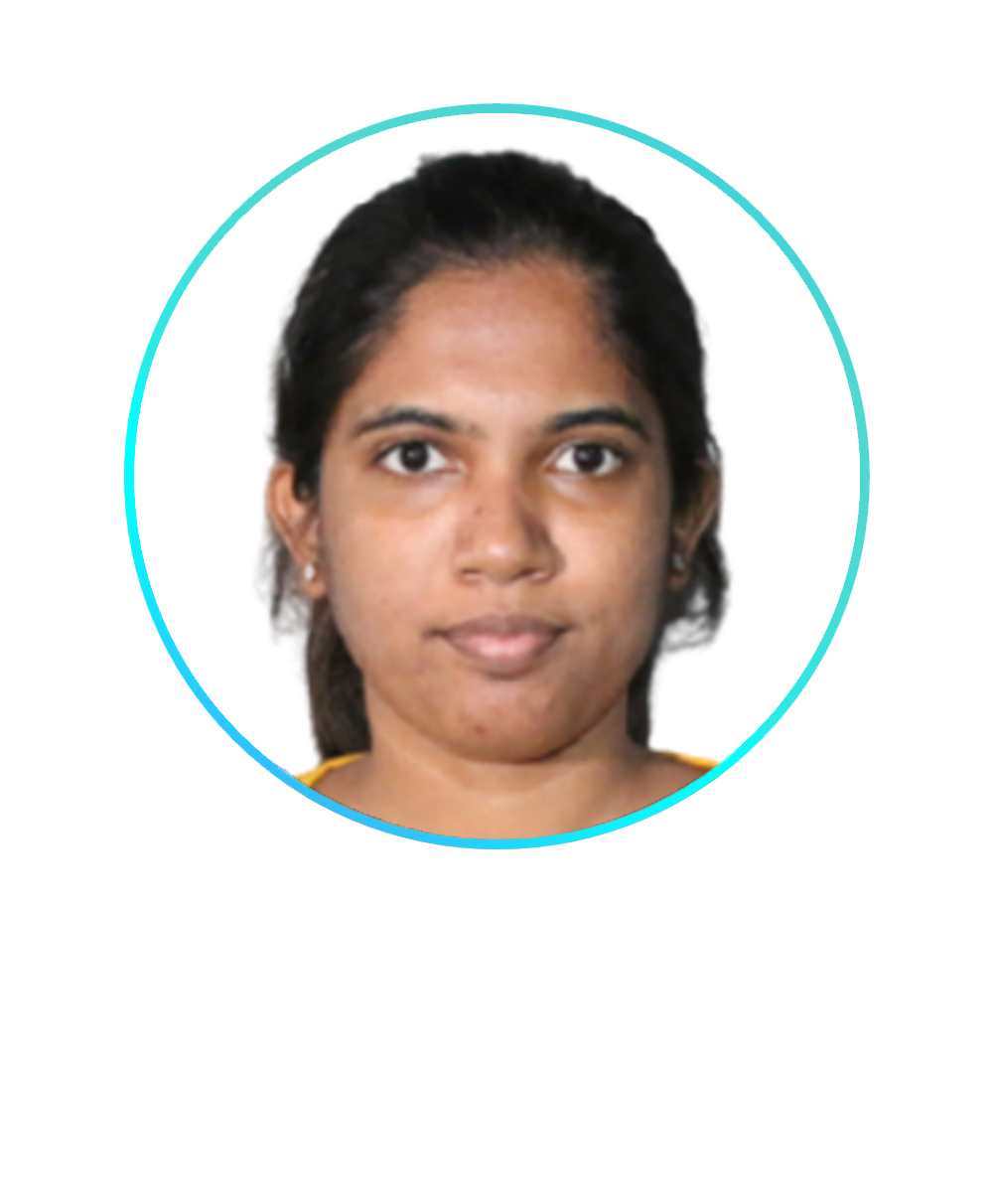
Image Credit: Maxpixel
Multiple Problems Plague India's Vaccination Drive, 'Hesitancy' Is One Among Them
Delhi, 25 May 2021 7:19 AM GMT
Editor : Rakshitha R |
Rakshitha an engineer turned passionate journalist with an inclination for poetry, creative writing, movies, fiction, mountains and seclusion. Not a part of the social process but existential.
Creatives : Madhusree Goswami
A mountain girl trying to make it big in the city. She loves to travel and explore and hence keen on doing on-ground stories. Giving the crux of the matter through her editing skills is her way to pay back the journalism its due credit.
In rural areas, the digital divide is an added factor for even those who want to get the jab as all slots are mostly booked by those from upper-middle-class families who have better access to the internet and are tech savvy.
The second wave of coronavirus has unleashed the crippling healthcare system of the country and unimaginable horror upon people. The virus has spread to rural pockets this time. And progress on the vaccination drive across the country has been painfully slow. Vaccine shortage has forced many states to stop their inoculation drive.
The situation is even more distressing in rural areas where vaccine hesitancy is adding to problems in inoculating the population. This incident is perhaps reflective of how deep-rooted the fear is that of villagers in Uttar Pradesh's Barabanki district where some of them jumped into a river to escape vaccination. The villagers jumped into the river as they were told that it was not a vaccine but a poisonous injection, reported India Today.
Such hesitancy is spurred by misconceptions that are being circulated through WhatsApp forwards and various social media platforms. There are even claims circulating about the vaccines causing erectile dysfunction and being poisonous. This has only made inoculation harder. There is hesitancy to take the vaccine, especially in small towns, semi-urban and rural areas, reported LiveMint.
A National Geographic report pointed out that a nationwide survey conducted last December discovered that only 44 per cent of people surveyed in India's rural areas were willing to pay for COVID-19 vaccines, 36 per cent said they would not, while the remaining 20 per cent were undecided.
However, this is just one aspect of the vaccination drive in the country. Now coming to the ones who want to get the jab, there are not enough doses available. Eminent virologist Gagandeep Kang said India delayed the process of bulk-buying vaccines unlike several other nations and may now have few options available in the international market.
Digital Divide
In rural areas, the problem has been further aggravated by the digital divide factor. On May 1, India opened up vaccinations for those between 18 and 45 years. But unlike the walk-in facility for those above 45 years, the Centre made it mandatory for each beneficiary below 45 years to first register on Cowin app, its online platform, with a relevant identity proof.
On April 28, when registrations opened for those above 18, the website crashed barely minutes after it was launched. Once past this glitch, several users struggled to find relevant slots nearby at private facilities, government schools and dispensaries.
Those who were able to book a slot mostly belonged to a mobile, tech-savvy upper middle class, reported Scroll. Limited digital literacy and smartphone access have left people in rural areas at a disadvantage. In areas where the internet connectivity is patchy, navigating through this online maze is a nightmare.
Learning A Lesson from Janefal
Janefal in Maharashtra is perhaps a bright spot in India's grim vaccination story. Residents in this remote village in Aurangabad district, like people in other villages, too had their misconceptions about the vaccine, thanks to fake videos and false news. Health authorities had a tough time convincing the villagers to get the jab.
But their efforts really paid off. Janefal has emerged as one of the few villages in India with 100 per cent vaccination of all in the 45-plus category. They were able to achieve this feat by conducting door-to-door awareness campaigns.
The rest of the country can perhaps learn a lesson from Janefal.
Also Read: Jharkhand: 22 Suspected COVID Deaths Reported In 20 Days In Palamu Village, Probe Ordered
 All section
All section














